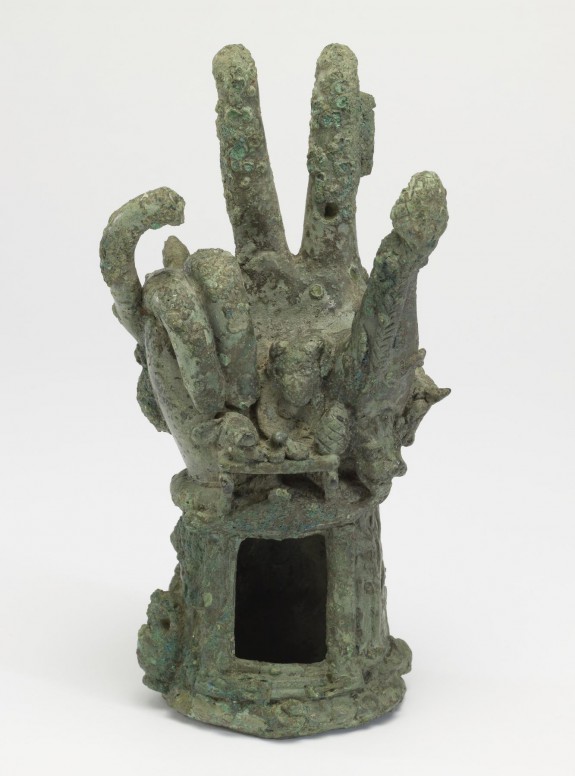The odd thing is that although the Athenians were extremely tolerant of other religions, they disliked this particular cult. The orator Demosthenes once attacked a political enemy by claiming he partook in rites to Sabazios. The clear implication was that anyone who worshiped Sabazios was a disreputable crackpot.
Demosthenes also says the rites involved frenzied dancing while holding snakes and chanting, "Euoi saboi! Euoi saboi!"
The -zios part of Sabazios is cognate with the Greek Zeus and the Latin Deus. Despite which, the Greeks associated Sabazios with Dionysos. Herodotus refers to the Phrygians worshipping Dionysos in contexts where he clearly means Sabazios.
The most viable explanation is that in Phrygia, Sabazios was a god of the harvest and of barley in particular, thus probably with beer making. Aristophanes in one of his comedies refers to "the sleep of Sabazios" to mean guardsmen who've drifted off after drinking. While in Athens, Dionysos was the god of the harvest and of wine.
There are problems with this though. Archaic images of what's believed to be Sabazios show him on horseback and carrying a staff, which isn't particularly agricultural. Even well into Roman times, the rites of Sabazios continued to involve orgiastic dancing while holding live snakes. While this sounds like fun, the snakes are not even remotely agricultural.
Finally, every shrine to Sabazios had its own Hand. The Hand was always a sculpture, shown upright, in a pose of benediction that might look familiar to modern church goers. Here are some hands of Sabazios:


These are from the British Museum, Harvard, and the Walters Museum. The Hand of Sabazios usually holds something, an acorn or a snake or sometimes even a small figure.

2 comments:
I was going to say, this ex catholic has seen that hand somewhere before :D
Yep. Sabazios was alive and well in Roman times (the far left Hand was found in Belgium). So I don't know if the catholic version is an import or a coincidence. Someone who knows a whole lot more church history than me would have to tell us.
Post a Comment